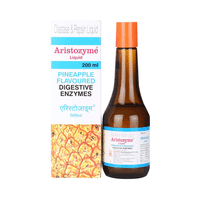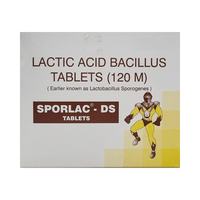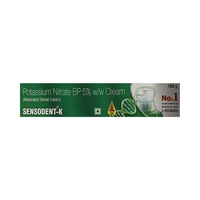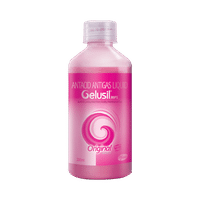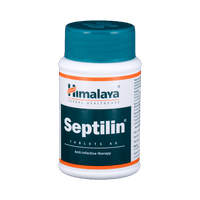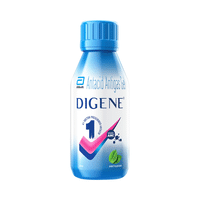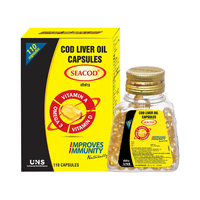Cipnol Eye/Ear Drops
Rs.28.10for 1 packet(s) (10 ml Eye/Ear Drops each)
food interaction for Cipnol
alcohol interaction for Cipnol
pregnancy interaction for Cipnol
lactation interaction for Cipnol
food
alcohol
pregnancy
lactation
No interaction found/established
No interaction found/established
Information regarding the use of Cipnol Eye/Ear Drops during pregnancy is not available. Please consult your doctor.
CONSULT YOUR DOCTOR
Information regarding the use of Cipnol Eye/Ear Drops during breastfeeding is not available. Please consult your doctor.
CONSULT YOUR DOCTOR
SALT INFORMATION FOR Cipnol
Ciprofloxacin(0.3% w/v)
Uses
Ciprofloxacin is used in the treatment of bacterial infections. It is also used in infections of urinary tract, tonsils, sinus, nose, throat, female genital organ, skin and soft tissues and lungs (pneumonia).
How it works
Ciprofloxacin is an antibiotic. It works by stopping the action of a bacterial enzyme called DNA-gyrase. This prevents the bacterial cells from dividing and repairing, thereby killing them.
Common side effects
Headache, Dizziness, Gastrointestinal disorder, Joint pain, Urticaria, Constipation, Coughing up blood, Psychosis, Hallucination, Blood disorder, Hepatitis (viral infection of liver), Neurotoxicity, Tendonitis, Prolonged QT interval, Hemorrhagic cystitis, Anaphylactic reaction, Toxic epidermal necrolysis, Angioedema (swelling of deeper layers of skin), Anaphylactic shock, Exfoliative dermatitis, Stevens-Johnson syndrome
Hydroxypropylmethylcellulose(0.025% w/v)
Uses
Hydroxypropylmethylcellulose is used in the treatment of dry eyes.
How it works
Hydroxypropylmethylcellulose is a lubricant. It works similar to natural tears and provides temporary relief from burning and discomfort due to dryness of the eye.
Common side effects
Blurred vision, Eye pain, Eye irritation, Eye itching, Eye discharge, Increased lacrimation, Hypersensitivity, Ocular hyperemia, Superficial corneal injuries, Corneal abrasion
SUBSTITUTES FOR Cipnol
No substitutes foundExpert advice FOR Cipnol
- Your doctor has prescribed Ciprofloxacin to cure your infection and improve symptoms.
- Do not skip any doses and finish the full course of treatment even if you feel better.
- Discontinue Ciprofloxacin and inform your doctor immediately if you get a rash, itchy skin, swelling of face and mouth, or have difficulty in breathing.
- Diarrhea may occur as a side effect but should stop when your course is complete. Inform your doctor if it doesn't stop or if you find blood in your stools.
- Notify your doctor if you feel pain in your tendons, numbness, or tingling sensations.
- Inform your doctor if you are pregnant or planning to conceive or breastfeeding.
Frequently asked questions FOR Cipnol
Ciprofloxacin
Q. Is Ciprofloxacin safe?
Ciprofloxacin is a relatively safe drug. However, it is not devoid of side effects and hence should only be taken if prescribed by a doctor in the appropriate dose, frequency, and duration as advised.
Q. Can the use of Ciprofloxacin cause diarrhea?
Yes, the use of Ciprofloxacin can cause diarrhea. It is an antibiotic which kills the harmful bacteria. However, it also affects the helpful bacteria in your stomach or intestine and causes diarrhea. If you are experiencing severe diarrhea, talk to your doctor about it.
Q. Can I stop taking Ciprofloxacin when I feel better?
No, do not stop taking Ciprofloxacin and complete the full course of treatment even if you feel better. Your symptoms may improve before the infection is completely cured.
Hydroxypropylmethylcellulose
Q. What is Hydroxypropylmethylcellulose?
Hydroxypropylmethylcellulose belongs to a class of medicines called eye lubricants or artificial tears. It is available as eye drops. It is used to soothe irritation, burning and discomfort of dry eye conditions. One may experience such conditions because of deficient tear production, infrequent blinking, smoke, wind, pollution, extended use of computer screen or television, medical treatment or dry atmospheric conditions. Hydroxypropylmethylcellulose may also be used to aid insertion of lenses or to make the lenses more comfortable while wearing.
Q. Is Hydroxypropylmethylcellulose effective?
Hydroxypropylmethylcellulose is effective if used in the dose and duration advised by your doctor. Do not stop taking it even if you see improvement in your condition. If you stop using Hydroxypropylmethylcellulose too early, the symptoms may return or worsen.
Q. How should Hydroxypropylmethylcellulose be used?
If you are using it for dry eyes, instil 1 or 2 drops in the affected eye(s) as needed. If you are using it to lubricate soft and rigid gas-permeable lenses, apply 1 to 2 drops to each eye with the lenses on as needed or as directed by your doctor. Blink several times after pouring the drops. Consult your doctor if you are not sure.













